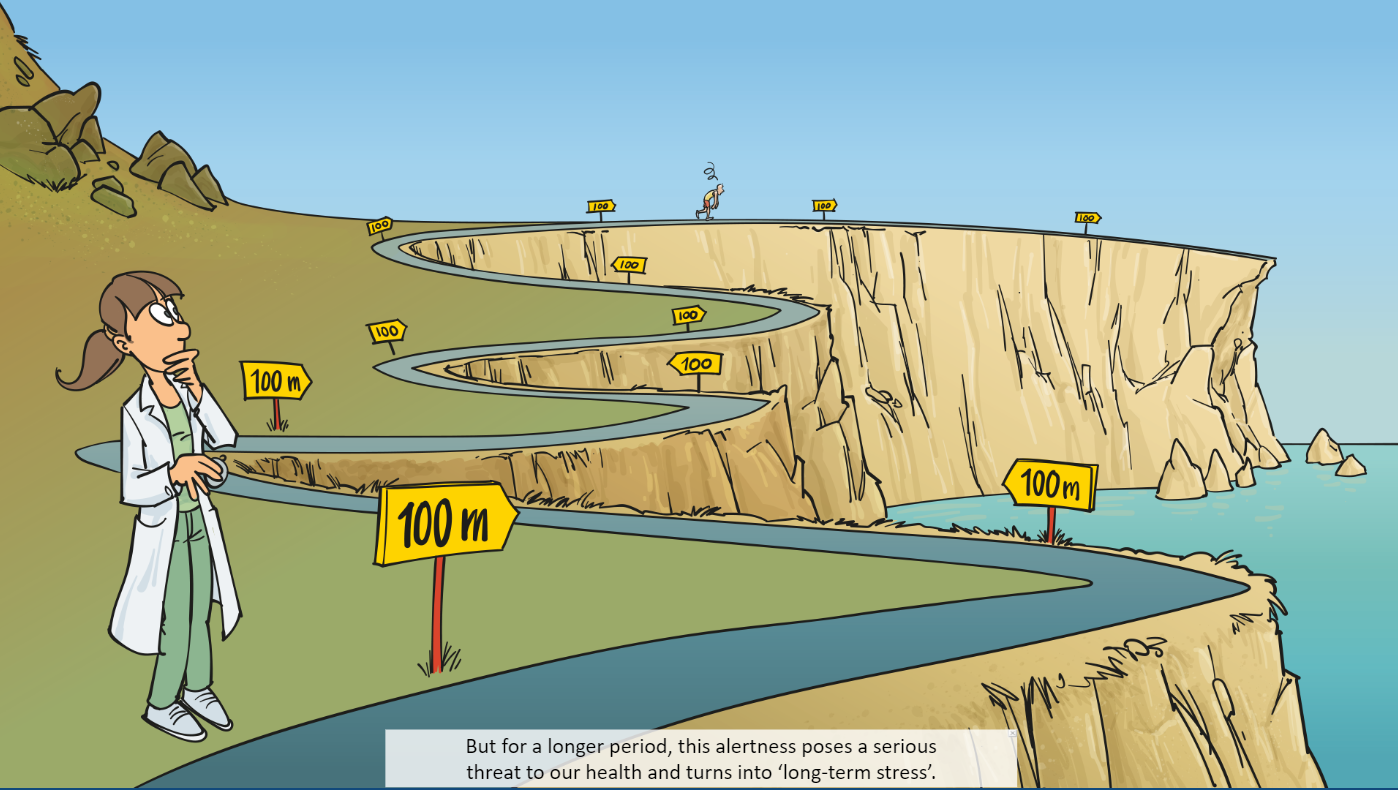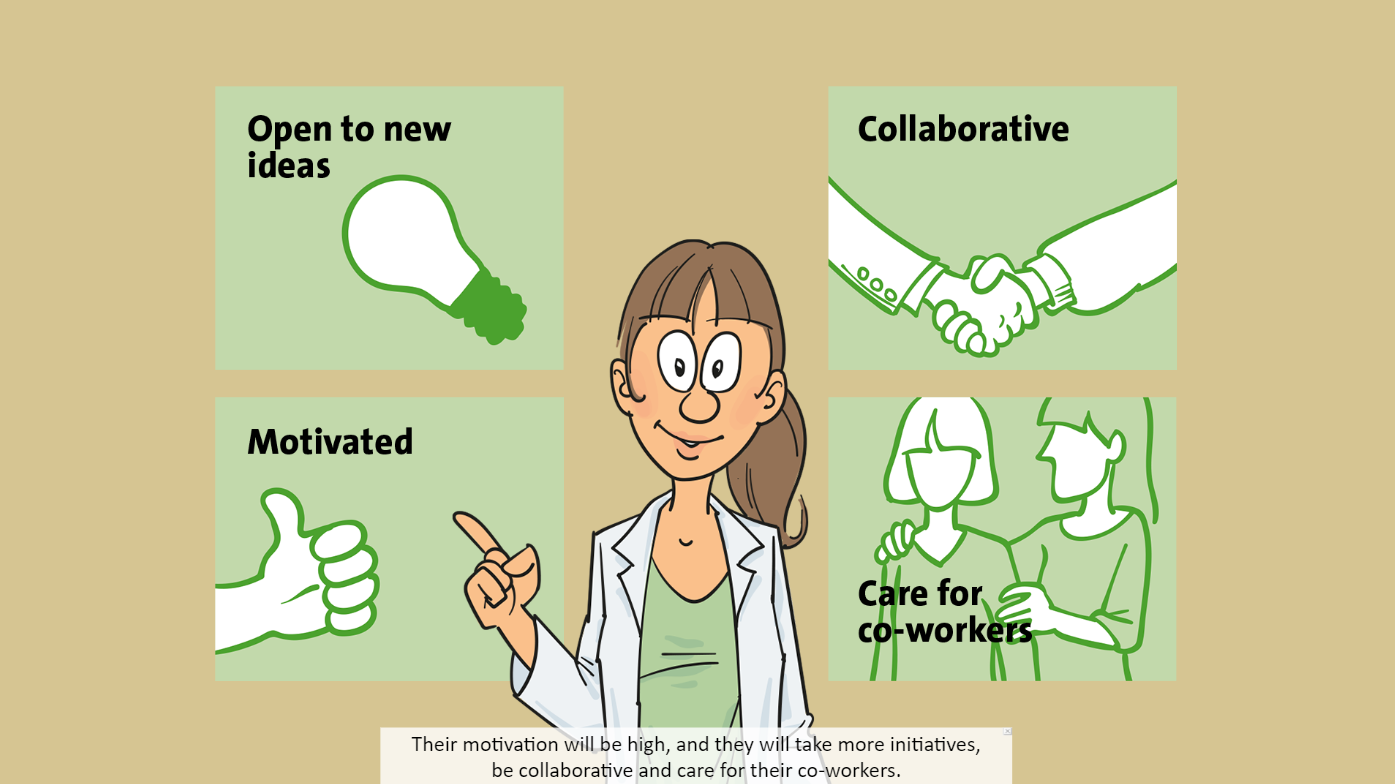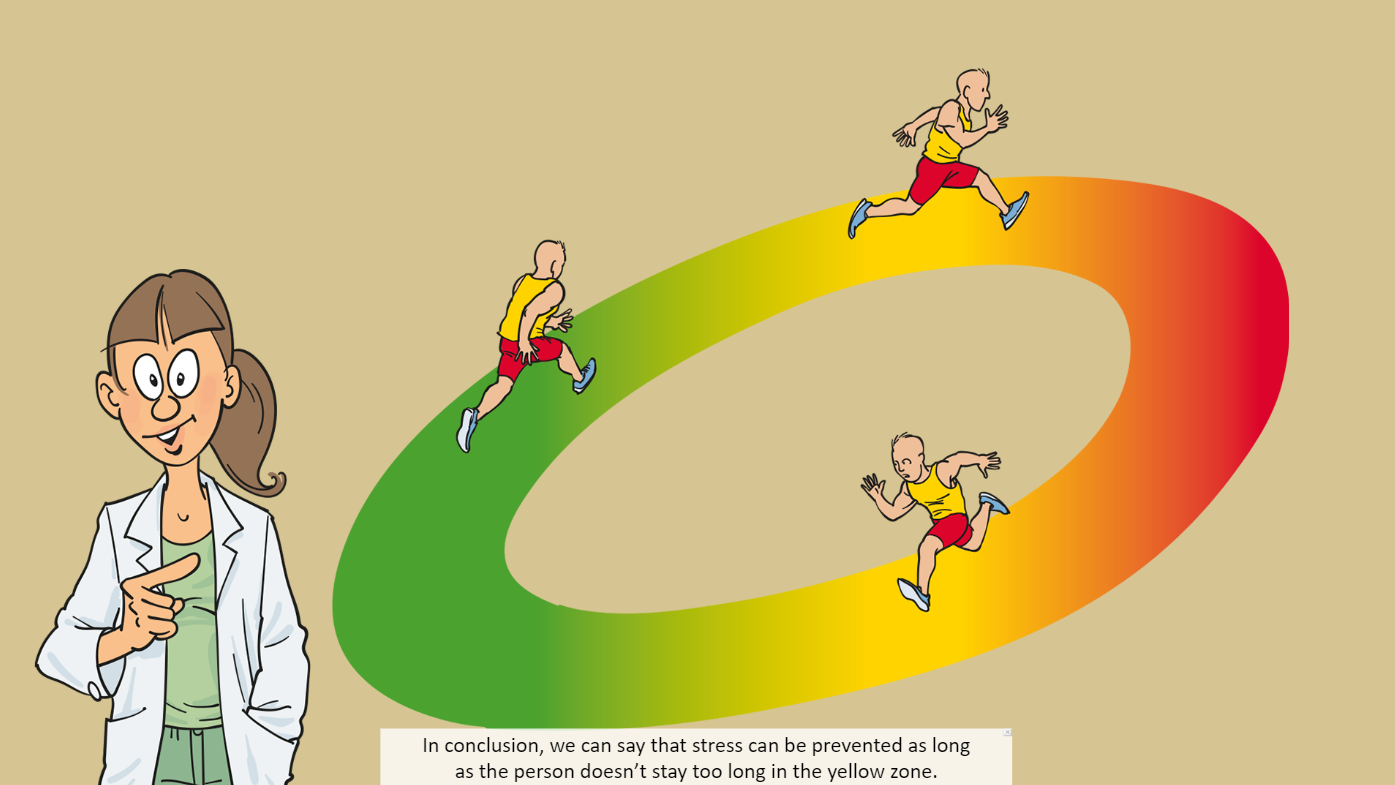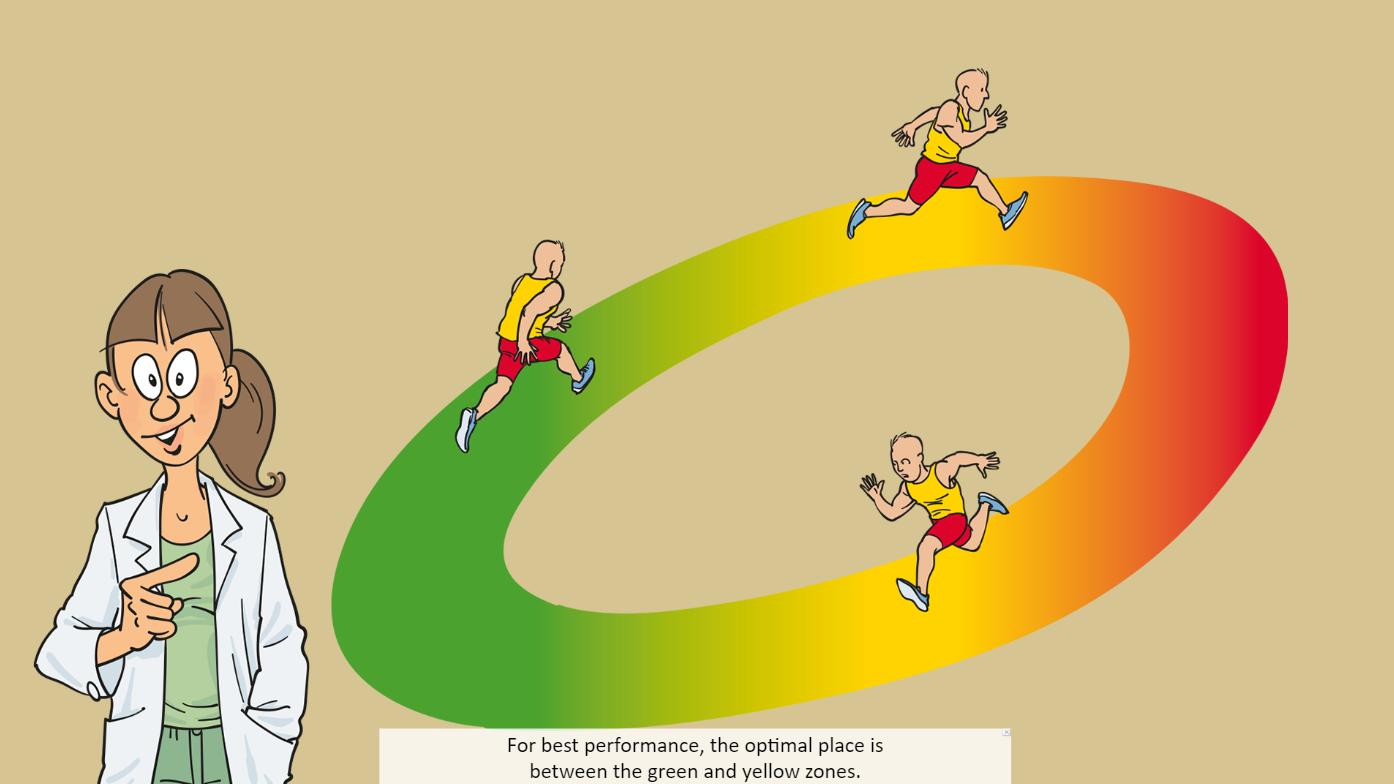1. What is Stress

2. What is symtom

It is our body that reacts to challenges, harmful situations and dangers, whether they're real or perceived.

When this alert mode occurs, our nervous system becomes activated

Our heart beats faster, blood pressure rises, and blood vessels contract in the skin and intenstines.

You start to sweat and breathe faster.
3. Is this alert mode dangerous?

Well, the alert mode can actually be positive and beneficial over a short period of time.

Our senses are sharpened, and we can react quickly

But for a longer period, this alertness posses a serious threat to our health and turns into long-term stress.

If the body doesn't get enough time to relaxe, rest and recover,

it can lose its ability to stay in balance, which can be dangerous.

Overall, stress is not an illness but a condition that will weaken the immune system over time
4. Green-Yellow-Red zone

Stress symtoms will begin in the yellow zone with small observable changes in performance and well-being.

When people are in the green - well-being - zone - they will generally not experience any stress symptoms.

Their motivation will be high, and they will take more initiatives, be collaborative and care for their co-workers.

In the yellow zone people will be affected, both on a personal and on a performance level.

This can show as loss of confidence, losing the ability to prioritise

hopping back and forth between tasks and making mistakes that are out of character.

Increased use of stimulants such as alcohol or frequent absence due to illness.

In conclusion, we can say that stress can be prevented as long as the person doesn't stay too long in the yellow zone.

For best performance, the optimal place is between the green and yellow zones.
'Summer's working days > Insight EN' 카테고리의 다른 글
| Think you're great at multitasking? -2 (0) | 2021.12.22 |
|---|---|
| Think you're great at multitasking? -1 (0) | 2021.12.22 |
| How to handle Stress? -3 (0) | 2021.12.09 |
| How to handle Stress? -2 (0) | 2021.12.09 |



